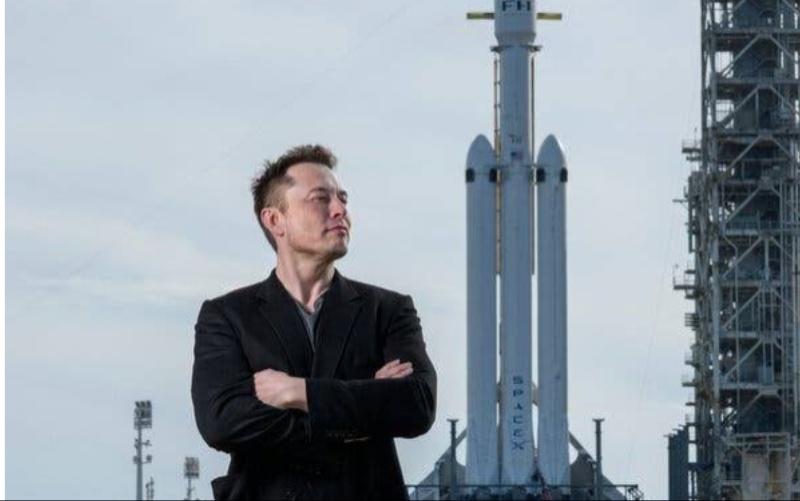SpaceX is ready for its second attempt after months of repairing and clearing red tape following the April explosion of the Starship system’s first test flight.
The megarocket, the most powerful launch vehicle ever built, is scheduled to launch on Friday between 7 a.m. and 9 a.m. CT (8 a.m. and 10 a.m. ET), with prospects for human exploration of the moon and Mars relying on its success.
The Starship spaceship piled atop the Super Heavy launcher is expected to play an important role in NASA’s Artemis III lunar mission, which is presently scheduled for 2025. The success of the launch attempt might have a significant impact on the US space agency’s lunar mission aspirations.
SpaceX will broadcast the launch live from its Starbase facility in Boca Chica, Texas.
The initial Starship and Super Heavy integrated test flight in April terminated just minutes after launch when the vehicle began tumbling tail-over-head, prompting SpaceX to activate self-destruct mode and detonate both rocket stages over the Gulf. Debris showered down on areas of the South Texas landscape, causing environmental and wildlife groups to protest.
Local officials are expected to keep people away from the launch site, proposing a viewing area on Texas’ South Padre Island, some 5 miles (8 kilometres) across the water.
The massive rocket, which stands 397 feet (121 metres) tall, is made up of two parts: the upper spacecraft, known as Starship, and the lower first-stage booster, known as Super Heavy, which provides the initial burst of power at liftoff.
If everything goes as planned, the Super Heavy will fire up to 33 of its huge engines and launch the Starship capsule into the Gulf of Mexico. When the Super Heavy’s fuel runs out, it will disconnect from the Starship spacecraft and fall back into the water.
The starship will next activate its own engines and attempt to accelerate to speeds fast enough to enter Earth’s orbit, a feat that generally necessitates spaceships travelling at rates of approximately 5 miles (8 km) per second.
“Technically it’s a scooch below orbit because it’s going to do almost a complete circuit of the Earth but then splash down somewhere in the Pacific just off the coast of Hawaii,” said SpaceX CEO Elon Musk, referring to the upcoming flight test, on October 5 during the International Astronautical Congress in Baku, Azerbaijian.
CNN


